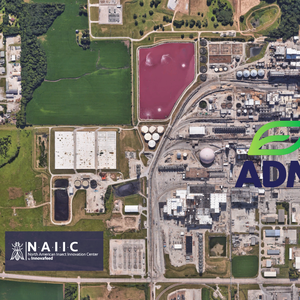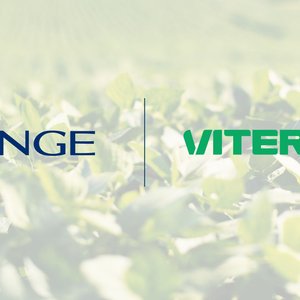Researchers from the Institute of Food and Technology and the National Institute of Limnology in Argentina have completed a study to investigate the use of a single screw extruder in the production of vegetable-based feeds, and to evaluate the nutritional effects of the extruded feed on juvenile Piaractus mesopotamicus (pacu).
Results found that “extrusion using a single screw extruder in optimal process conditions could be used to obtain fish feed based in vegetable meals and good physical properties with proper growth performance on juvenile P. mesopotamicus.”
The research team first developed an optimal extruded feed (EF) containing cornmeal, soybean meal, and bovine plasma protein concentrate. “Optimal conditions were 181.5 °C and 15.8 g/100 g of moisture content.”
They then conducted a feeding trial with juvenile pacu to compare the EF with a commercial control feed (CF) containing fishmeal. Results found no significant difference in growth performance between the two.
Chemical analysis found that “crude protein content of EF was higher than that of CF. However, no significant difference for crude lipid and total starch content was found. The chemical score of CF was 93.3%, lysine being the limiting amino acid. However, in the case of EF no limiting amino acid was found.”
The effects of extrusion conditions on the physical properties of fish feed were also evaluated, and results found that extruded feed obtained in optimal conditions had maximum expansion and floatability.
The results of the study were published in the December 2017 issue of Journal of Animal Feed Science and Technology










